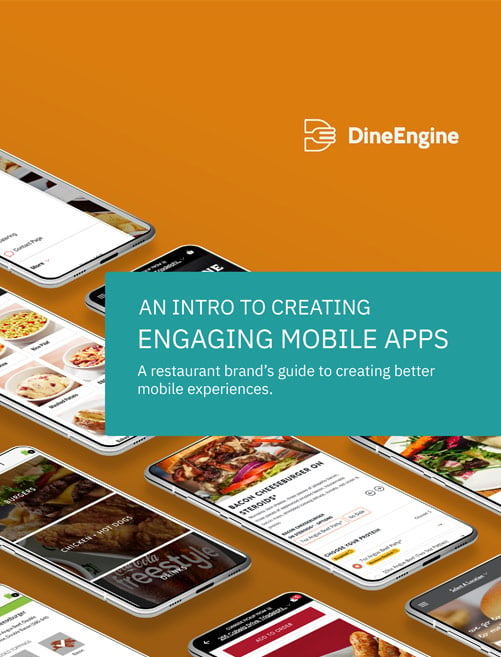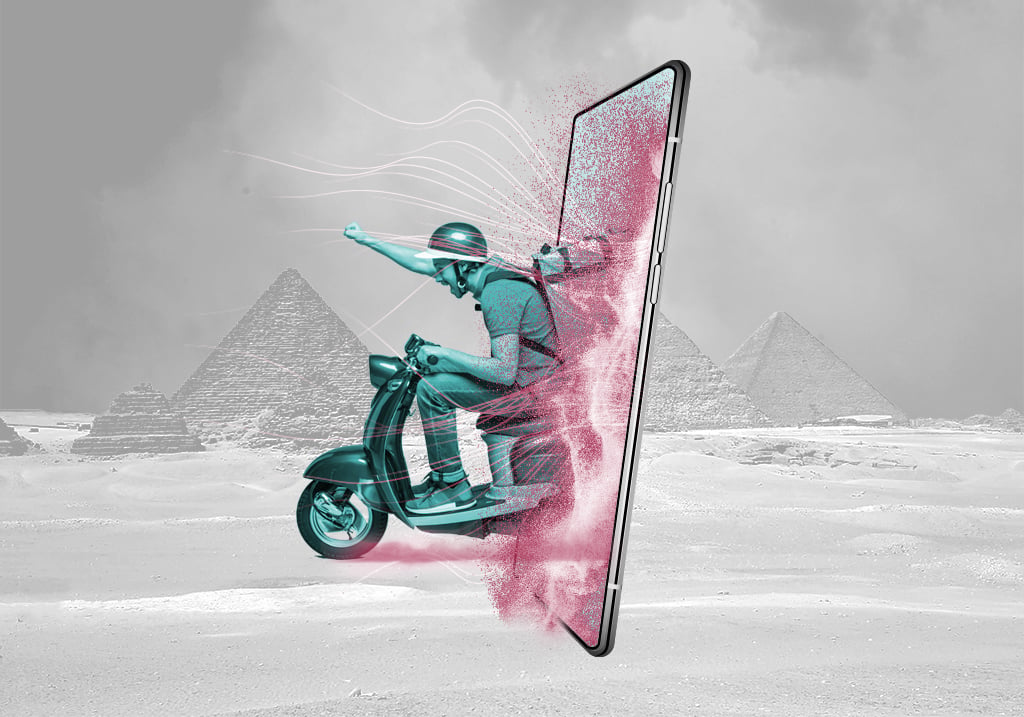Why are delivery integrations important for your restaurant?
Restaurant Business Magazine says 86 percent of consumers are using off-premise services at least monthly.
A third are using it more than they did a year ago. Further, food delivery is expected to grow 12 percent per year in the next five years.
Now, with online ordering for independent restaurants growing faster than ever, consumers expect to be able to get their favorite food delivered from virtually any restaurant.
Some restaurants have delivery built into their business model (i.e. pizza places), but many others do not.
But whether it’s SkipTheDishes, DoorDash, delivery.com, EatStreet, or Postmates, on-demand courier services are on the rise.
Delivery integrations for your restaurant are imperative so it’s not hard for people to get what they want when they want it anymore.
But there are some challenges for restaurants. One of them being that they may require API integrations, or online orders don’t necessarily integrate with their POS.
Not being able to keep track of online orders or having to create separate records for in-store and online can be a bit of a hassle.
Is It Time For You To Integrate Delivery?
At first brush, it may not be clear why you might want to integrate delivery.
So, here are several reasons to consider:
- Increase your market share. Convenience is the name of the game. In a world where people’s attention span is less than that of a gold fish, you can’t afford slowdown and bottlenecks. With an integrated platform, you can tap into a new audience, increase your efficiency and fulfill consumer needs quickly and conveniently.
- API integrations. It’s not a complete integrated delivery system unless it offers frictionless API integration. You need to be able to connect with third-party delivery services, whether it’s Uber Eats or DoorDash. This allows you to have all orders sent directly to your POS, cutting down on errors and improving your overall response time.
- Improve customer experience. Offering an excellent customer experience can sometimes mean the difference between someone ordering once and becoming a profitable repeat customer. A proper integration system should connect with all customer touchpoints and channels, allowing you to create an interactive experience for your valued customers.
Technology Is Now A Matter Of Survival, Not Just Innovation
The food business is a fiercely competitive one. If you aren’t leveraging all the tools at your disposal, you could easily get left in the dust.
Using digital integration technology will help you stay ahead of the curve. You can leverage it to increase the efficiency of your operation, therefore surprising and delighting your customers in the process.
With an integrated delivery system, you can attract new customers (because revenue from third-party food delivery is projected to reach $35 billion by 2020), increase retention rates, and even streamline your restaurant operations while maximizing your ROI.
Having to manually enter online orders into your POS is a pain. And, even if you get your employees to do it, their time ends up getting wasted. It would be better for your staff to pay attention to your guests than to a lifeless monitor.
So, the benefits of integrated delivery should be obvious. You can save time. You can reduce errors. You can create a more seamless experience for your customers. And more.
Final Thoughts
Technology services for restaurants can help in a variety of capacities. And, it’s never been more important for you to keep tabs on new developments and determine how you’re going to use them to your advantage.
Tech is playing a major role in the food industry, and savvy brands are investing in web and mobile apps that integrate dispatch & delivery to acquire and retain new guests.













0 Comments